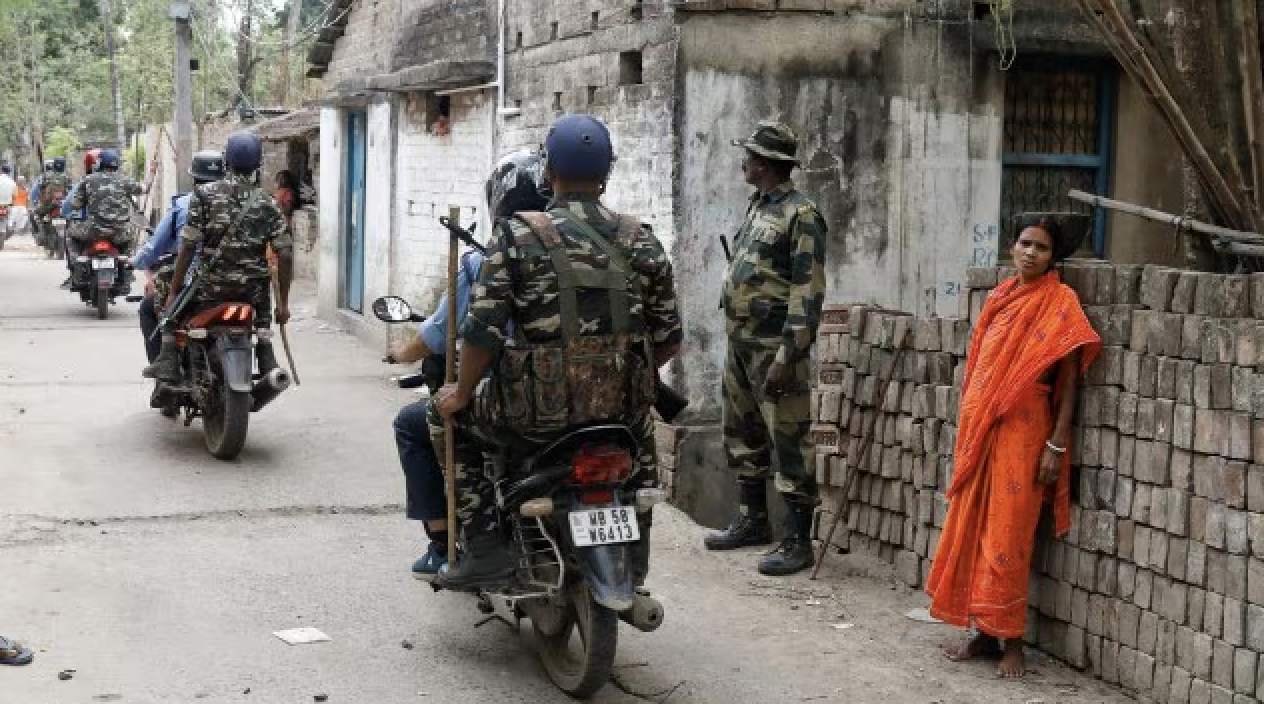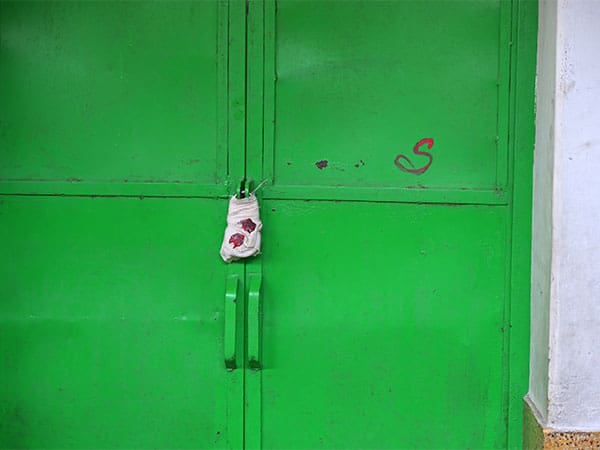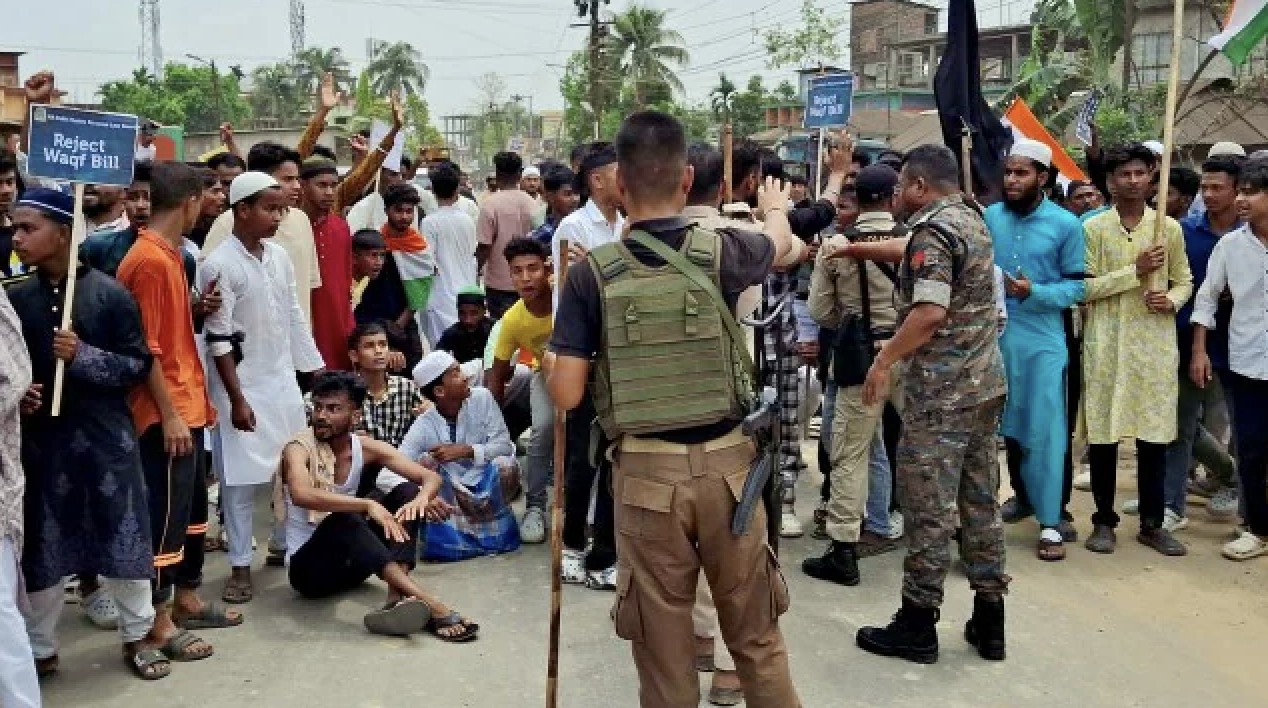Srinagar, Indian-administered Kashmir – Malik Haroon crouches on the ground covered with white frost on an early winter morning in Dafferpora village in Indian-administered Kashmir’s Pulwama district.
He traces his fingers on the bark of an almond tree – of which there are hundreds around – to check for signs of fungal disease.
“It’s fine,” he says, beaming.
With the scenic snow-clad Pir Panjal mountains in the backdrop, Haroon’s 1.25 acres (0.5 hectares) of orchard land, fed by the Rumshi Nallah River in southern Pulwama, are plush with groves that yield nearly 30 tonnes of apples, pears, plums and almonds every year.
However, the Indian government’s decision to construct an engineering college at the site in Pulwama – which includes almost all of Malik’s land – threatens to strip him and thousands of other cultivators in Kashmir of land, the source of economic livelihood for about 4 million people in the region.
“I earn $11,000 on average, annually, on account of their harvest,” Haroon, 27, tells Al Jazeera.
The income has helped his family of four sidestep widespread economic instability and an unemployment crisis in Indian-administered Kashmir since 2019, when Indian Prime Minister Narendra Modi’s Hindu majoritarian government scrapped Article 370 of the Indian Constitution, which granted a special status to the Muslim-majority region.
This story was originally published in aljazeera.com. Read the full story here.






